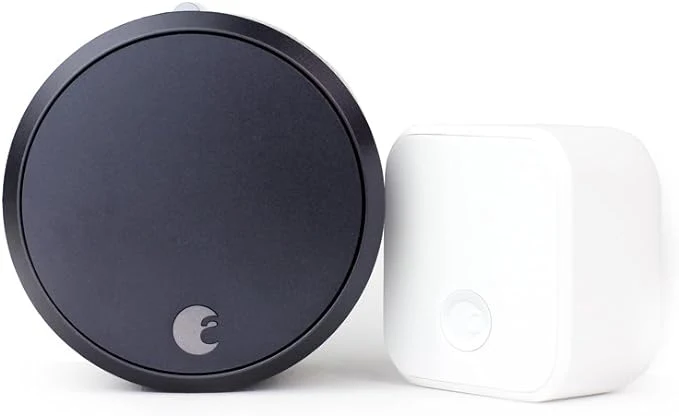In recent years, the concept of the smart home has shifted from a futuristic vision to a present-day reality. With rapid advancements in technology, homes around the globe are increasingly becoming interconnected through a range of smart devices and systems. The integration of smart technology into residential spaces promises not only enhanced convenience but also improved energy efficiency and security.
Convenience at Your Fingertips
At the heart of the smart home phenomenon is convenience. Imagine controlling lighting, temperature, and security systems all from a single app on your smartphone. With smart home technology, tasks that once required physical effort, such as adjusting the thermostat or turning off all the lights before bed, can now be completed with a simple voice command or tap of a screen. Virtual assistants like Amazon’s Alexa, Google Assistant, and Apple's Siri play a central role in this ecosystem, providing users with seamless access to their smart devices.
Energy Efficiency and Cost Savings
One of the notable advantages of smart homes is their potential to save energy and reduce utility bills. Smart thermostats, for example, learn your schedule and adjust heating and cooling patterns for optimal energy use, whereas smart lighting systems ensure lights are only on when needed. Many of these devices provide detailed energy usage reports, allowing homeowners to make informed decisions about their consumption habits. Over time, these small adjustments can lead to significant financial savings and reduce one's carbon footprint.
Enhanced Security Features
Security is a major concern for any homeowner, and smart technology offers unprecedented peace of mind. Smart security cameras and video doorbells provide real-time surveillance and alerts, enabling homeowners to monitor their property remotely. These systems often come with motion detection and facial recognition features, further enhancing the safety of your home. With smart locks, people can also remotely lock or unlock their doors, and assign temporary access codes to visitors when necessary.
Inter-device Communication and IoT
The Internet of Things (IoT) forms the backbone of any smart home. Through IoT, devices communicate with each other, allowing for automated routines and scenarios that make daily life smoother. For example, a smart coffee maker might start brewing your morning coffee when your fitness tracker detects that you’ve woken up. This interconnectivity is cultivated through platforms such as Zigbee, Z-Wave, and HomeKit, which standardize how devices communicate and interact.
The Future of Smart Homes
The future of smart home technology looks promising, with ongoing developments poised to make these systems even more integrated and user-friendly. As technology continues to evolve, smart homes may soon have the capability to anticipate our needs before we even articulate them. Ultimately, smart homes represent an exciting intersection of convenience, efficiency, and innovation – a blend that will continue to transform the way we live.
The smart home is more than just a trend; it is becoming an integral part of modern living. As homeowners continue to adopt smart technology, they open the door to a world of I possibilities that go beyond the limits of traditional home systems, enhancing their comfort, security, and overall quality of life











